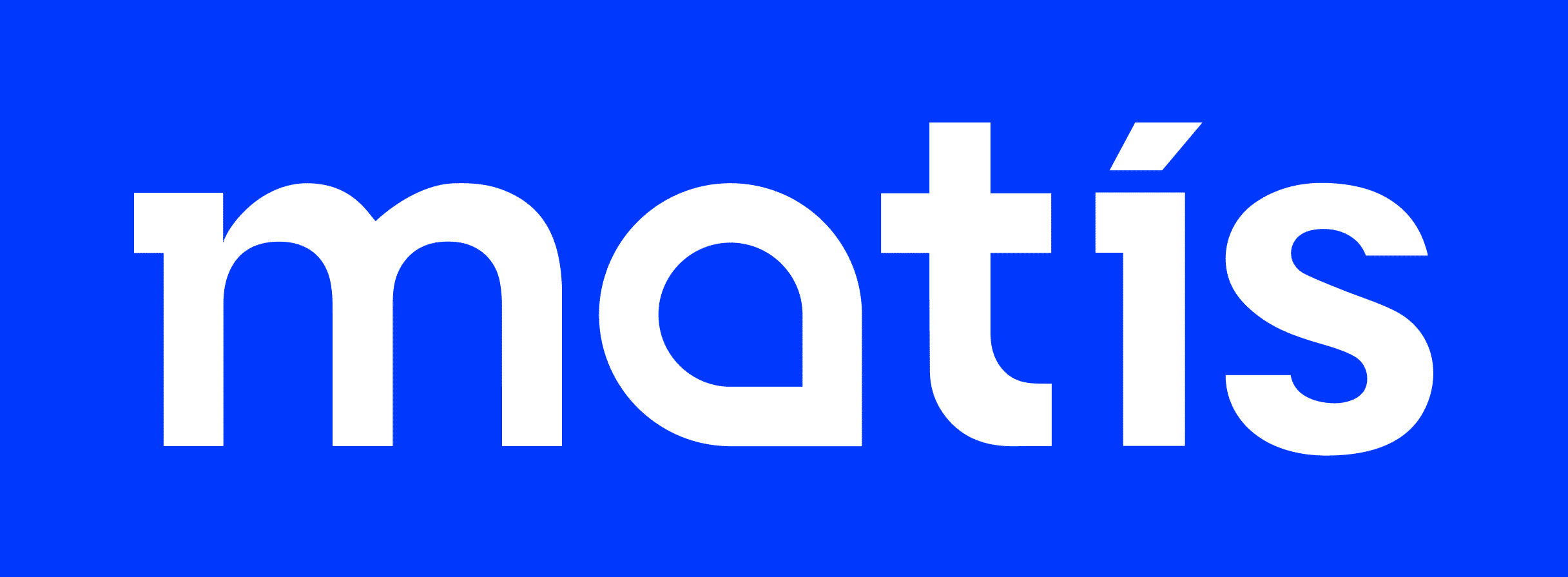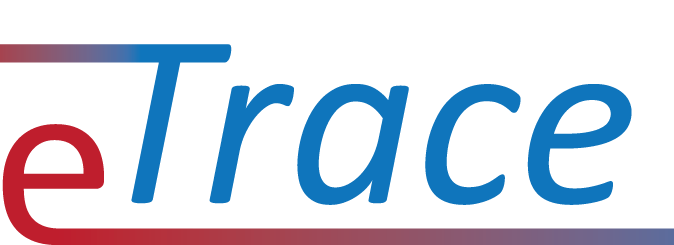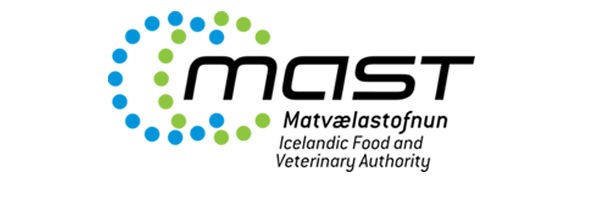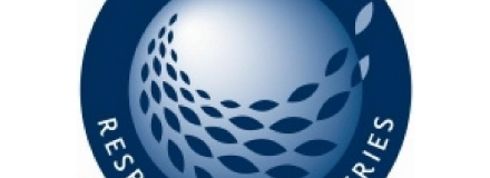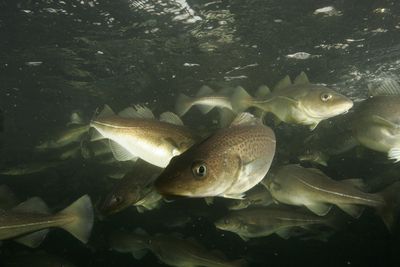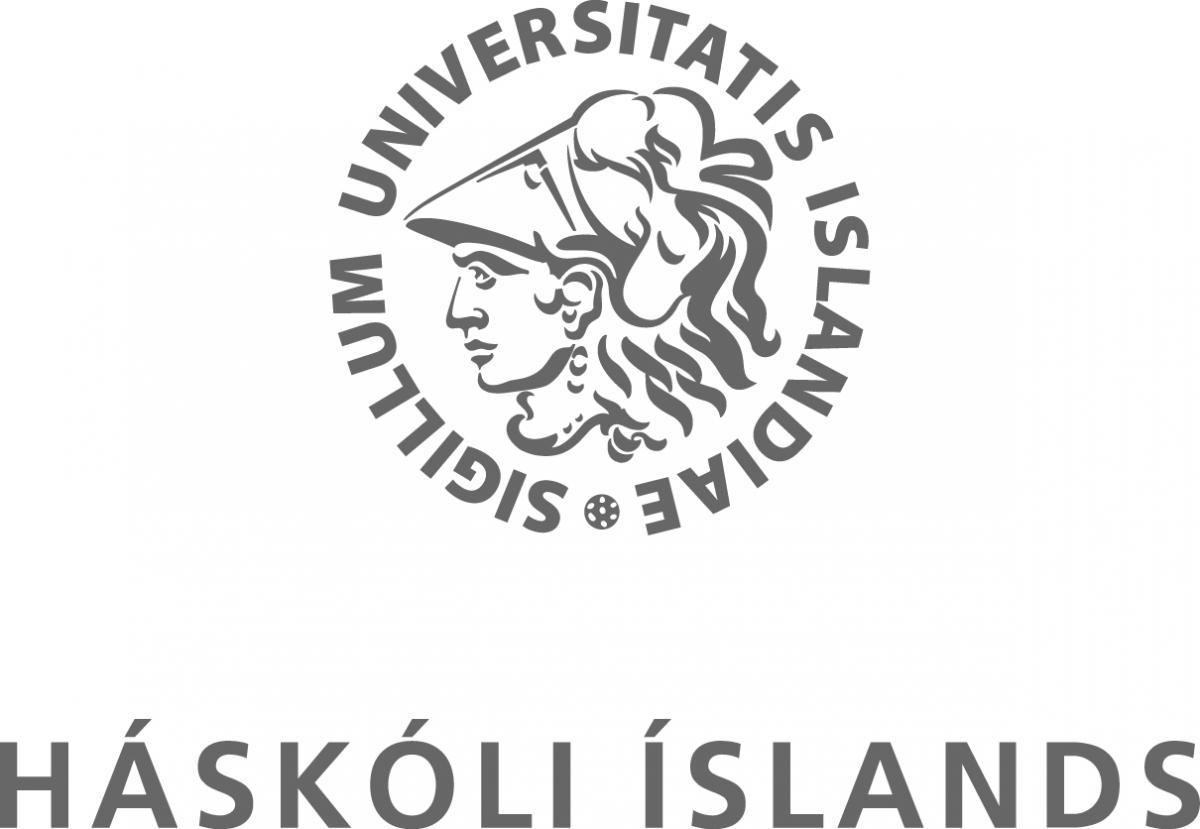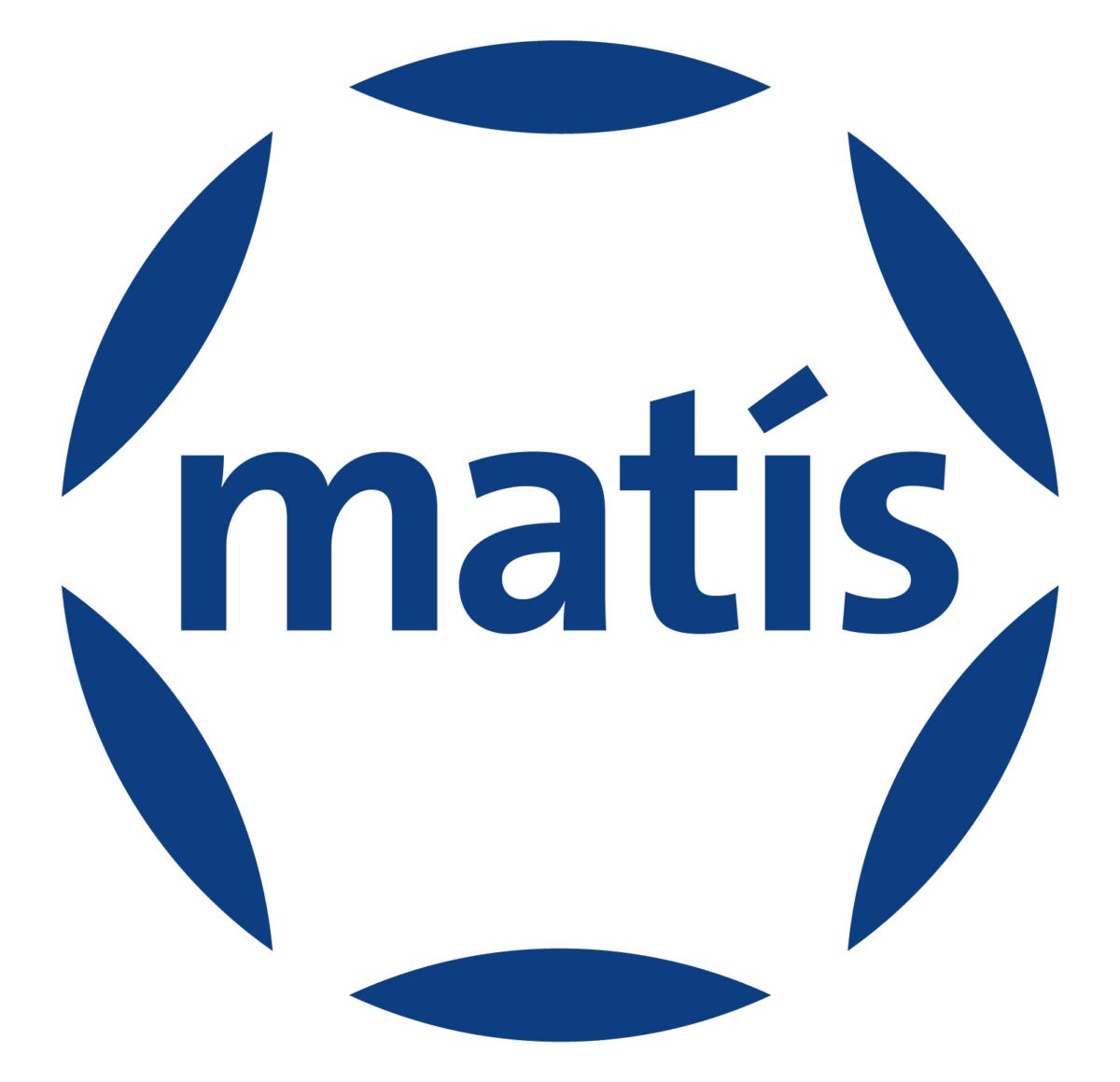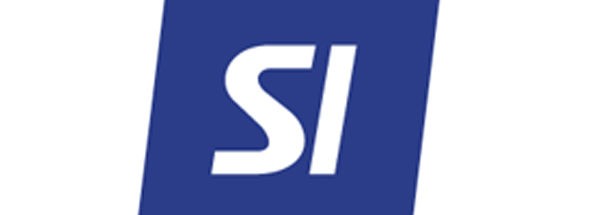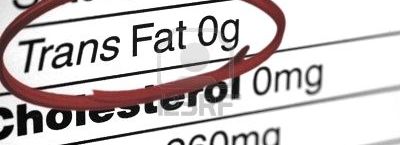EPCIS standard used to demonstrate the traceability of products in the Icelandic fisheries sector.
Recently, an experimental run took place in HB Grandi's redfish processing plant in Reykjavík, where the EPCIS standard was used to demonstrate product traceability with the aim of increasing product security and information flow within the value chain. The experimental run went well and the main results will be presented at conferences on both sides of the Atlantic in the coming months.
The "eTrace" project is defining, developing and implementing a traceability system based on the EPCGlobal EPCIS standard (www.epcglobalinc.org) which is based in part on RFID (Radio Frequency IDentificaton) technology. The EPCIS standard enables the exchange of information on EPC-labeled products, within and between companies. In this project, food safety information is integrated with other real-time traceability information. The main purpose of such a system is to ensure complete traceability and at the same time increase product security and information flow.
In addition to Matís, the Norwegian companies SINTEF and TraceTracker, Lund University, the technology company Roi4u and the Swedish Fisheries Inspectorate are participants in the project, which is funded by the SafeFoodEra program.
The experiment took place in such a way that HB Grandi's fish tanks were marked with an electronic identification (RFID) that emits radio waves. The signals consist of a circuit that stores and processes information and an antenna for transmitting and receiving information. There has been a rapid development in the making of such labels in recent years and now such labels can be accommodated in small stickers. A handheld device from Nordic (ID PL3000) was used, and the data was uploaded wirelessly via a Wi-Fi connection where the web-based EPCIS system from TraceTracker received the data.
These electronic labels were then read by fish tanks, processing tanks, foam boxes and pallets throughout the process to obtain product traceability through the processing process. This experiment only took place within the walls of HB Grandi, but there would have been nothing to prevent it from following the product all the way to the consumer. This regular reading achieves a connection from fishing and processing to the final product. This opens up the possibility of greatly improved information provision between parties within the value chain and to consumers.

Figure 1 above shows one fishing day, which yielded 38 pots of frozen redfish. These pots go through the processing in Reykjavík where they become 12 pots of filleted perch. In this project, 7 pots were followed through the packaging where they ended up in 329 foam plastic boxes stacked on 5 pallets. Behind each item in this image is extensive information about each item with a traceable ID.
This system makes it possible to link other information to an upcoming traceable item or event in the processing itself. For example, temperature graphs were read with the same handlers and electronic identifiers, and thus temperature results could be linked directly to specific pots or boxes in the process, or even entire batches of products if necessary. It is also possible to link information from quality systems, regulators and certification bodies directly to the relevant group of identifiers, so that other parties in the value chain can be shown measurement results for undesirable substances, temperature curve, connection of products to quotas or certification information.
With such a system, "finer" traceability is achieved than is currently the case. With current traceability systems, it is usually possible to trace products down to ships and fishing days, but such systems could even trace products down to specific fishing holes. With increased information, it should be possible to control the processing of products better and achieve even better utilization, and such a system also opens up the possibility of increased automation in production and increased provision of information to buyers.
With the standardization of information, it is possible to combine information from different systems, but as things stand today, many systems are usually used in fishing, processing and sales of products. The idea is that the existing systems send information in a standard form to an EPCIS system, so that each party in the value chain controls what information it wants to show to other parties, as shown in Figure 2. This opens up possibilities for greatly increasing information provision. between parties in the value chain and to consumers.

It is clear that product traceability requirements are constantly increasing. The use of electronic identifiers and automatic data sources is a good way to ensure their traceability. It can be assumed that Icelandic fishing companies and processors will go beyond automatic data collection as soon as fish tanks are marked with an electronic ID. Then the automatic reading stations will replace the handlers as used in this experiment.
Such functionality as the EPCIS standard awaits, where information from different locations is integrated and linked to the relevant identified object or processing can be useful to food producers, retailers and consumers in a variety of ways. However, as things stand today, important information is often lost in the value chain or access to it is hampered by uncomplicated systems and, as a result, it is very time-consuming to find the correct information for the relevant identification number.
A good traceability system also provides an opportunity to further educate consumers about a product, demonstrate its footprint, food miles as well as factors such as how the product was processed and that it is caught from a sustainable fish stock. Other factors can also be important to consumers, such as whether the product is healthy, whether it contains known allergens, whether the packaging is reusable, whether employees have been rewarded fairly and whether the product is safe and legal. Being able to answer questions like these easily builds trust in the brand in question.
Innovations such as two-dimensional barcodes and recent mobile phones make it possible for consumers to get product information right off the shelf. But by taking a picture of two-dimensional barcodes (or traditional barcodes) on products, they drop by the product's website where they can be educated about the relevant aspects. It is important that the information available to consumers is linked to the traceability system, in order to demonstrate the most relevant information for a particular product individually. in terms of product traceability and presentation of information. It is therefore important for Icelandic companies to take part in such experiments to see what technological possibilities are around the corner.
For further information Valur Norðri Gunnlaugsson.
